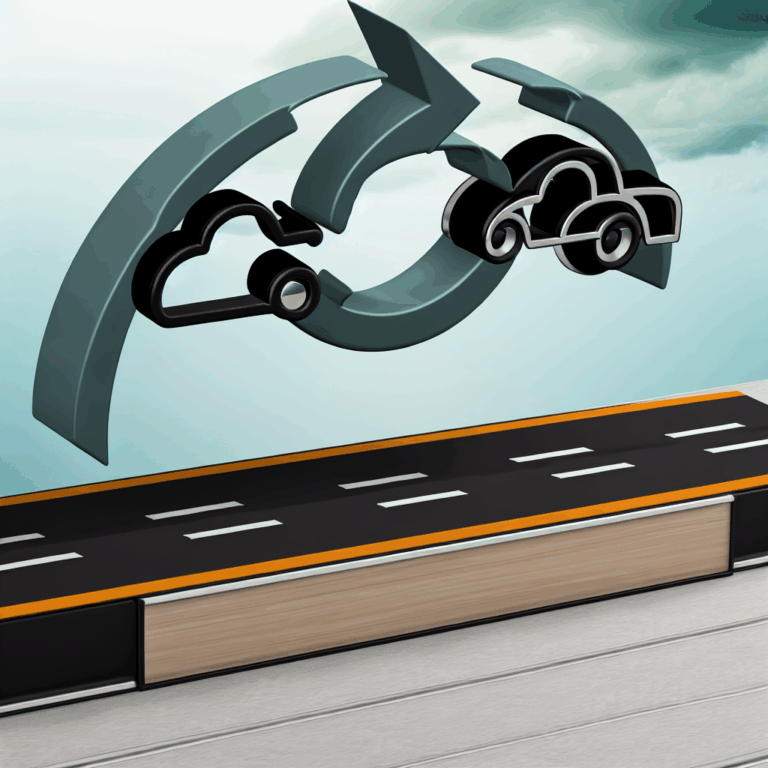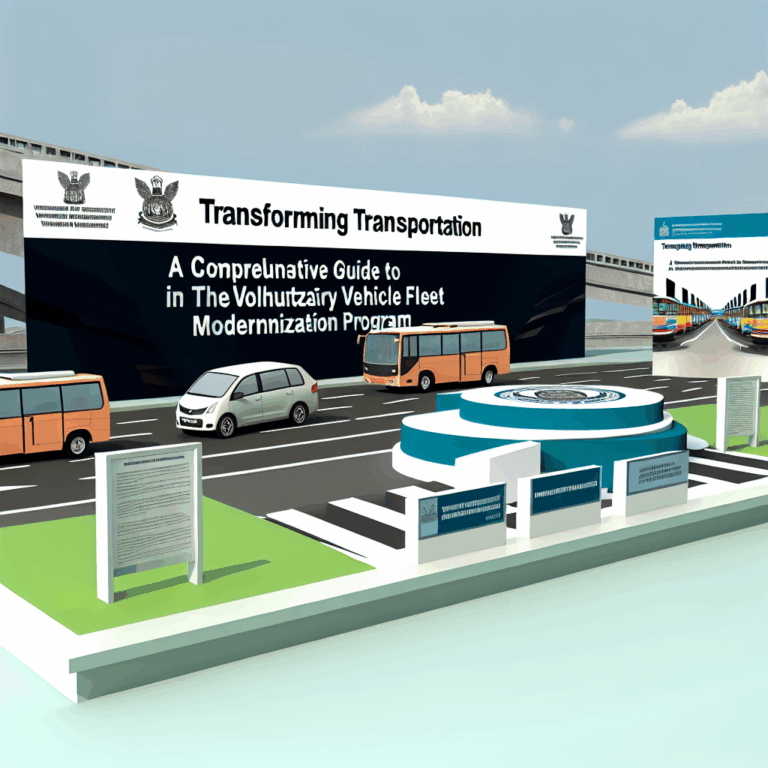Copyright @ 2023 www.digimitr.com. All rights reserved.

Understanding the Voluntary Vehicle Fleet Modernization Programme: How MORTH is Paving the Way for Cleaner and Safer Roads
Explore the details of the government scheme titled “Understanding the Voluntary Vehicle Fleet Modernization Programme: How MORTH is Paving the Way for Cleaner and Safer Roads”. This program is overseen by the relevant ministry and focuses on providing benefits to eligible beneficiaries.
Here is a comprehensive overview:
The alarming levels of air pollution and road accidents in India have prompted government bodies to rethink transportation solutions. Responding to these challenges, the Ministry of Road Transport and Highways (MORTH) has rolled out the Voluntary Vehicle Fleet Modernization Programme (VVMP). This initiative aims to reduce greenhouse gas emissions, enhance road safety, and promote environmental sustainability by encouraging the gradual modernization of the existing vehicle fleet. This article delves into the intricacies of the VVMP and explains how it seeks to create cleaner and safer roads across the nation.
Eligibility Criteria
To participate in the VVMP, vehicle owners must meet specific eligibility criteria. Primarily, the program targets older vehicles, particularly those that do not comply with the latest emission norms. Generally, vehicles over 10-15 years old are considered for modernization. Additionally, participants must provide proof of vehicle ownership and have the necessary documentation, including registration certificates and roadworthiness assessments. The Ministry also encourages participation from commercial vehicle owners, as their modernization could significantly impact urban air quality and road safety.
Key Features and Benefits
The VVMP is designed to provide various features that make it an attractive option for vehicle owners. One notable aspect is the incentive structure. Owners of older vehicles are offered financial benefits for scrapping their old vehicles and purchasing new ones that meet current emission standards. This scrap incentive not only promotes the sale of new, cleaner vehicles but also helps in the recycling of materials from old vehicles.
Aside from financial incentives, the program aims to provide ancillary benefits like reduced fuel consumption and enhanced driving experience due to advancements in vehicle technology. New vehicles typically come with improved fuel efficiency and safety features, fostering a safer transport ecosystem. Furthermore, the initiative has wider benefits for society, including helping to meet national climate goals by reducing the carbon footprint of the transportation sector.
Application Process
The application process for the VVMP is designed to be user-friendly and straightforward. Potential applicants can visit an official website dedicated to the program to begin their application. The process typically involves filling out an online form that captures essential details such as vehicle type, age, and condition. Alongside this, applicants are required to upload supporting documents like registration certificates and any previous inspection reports.
After submission, the application undergoes a verification process. Eligible participants will receive confirmation through their registered email or mobile number, followed by instructions on how to redeem their incentives once they proceed with scrapping their old vehicles. Transparency in the application process helps instill confidence among participants while ensuring accountability in the program’s implementation.
Funding and Budget
Funding for the VVMP is crucial to its success, and the government has allocated a specific budget to support this initiative. Financial resources are drawn from both central and state government funds. Through this budget, MORTH aims to provide incentives that encourage vehicle owners to engage with the modern fleet. The financial outlay is designed to ensure that modernization does not impose a heavy financial burden on individuals, particularly those from lower-income brackets.
Furthermore, partnerships with private stakeholders and automobile manufacturers are explored to amplify the program’s reach and effectiveness. By engaging with industry players, the government aims to create a conducive ecosystem for promoting new vehicle sales while ensuring collective efforts toward sustainability.
Achievements or Impact
Since its implementation, the VVMP has made significant strides in improving road safety and reducing pollution levels. Early reports indicate an uptick in the number of scrapped vehicles and a corresponding rise in the sale of new, cleaner vehicles. This transition has resulted in decreasing emissions from the transport sector, contributing positively to air quality in cities across India.
Moreover, the educational outreach efforts carried out alongside this program have helped raise awareness about environmental issues and road safety among the public. Such initiatives have instilled a sense of responsibility in vehicle owners regarding their role in combating pollution and improving road conditions.
Challenges (if any)
Despite the promising outlook, the VVMP faces certain challenges that could hinder its overall success. One significant issue is the resistance from older vehicle owners who may be reluctant to part with their vehicles due to emotional attachments or financial constraints. Some individuals may view the scrapping process as an unnecessary expense rather than a valuable investment.
Additionally, the logistics of vehicle scrapping and recycling require adequate infrastructure, which may not be uniformly available across all regions. This inconsistency can lead to disparities in the program’s impact, where urban areas may see quicker benefits compared to rural regions.
Recent Updates
As of late 2023, MORTH has introduced several enhancements to the VVMP based on stakeholder feedback. One notable update is the launch of awareness campaigns aimed specifically at rural vehicle owners, focusing on the environmental benefits and long-term economic advantages of upgrading to modern vehicles. Additionally, partnerships with banks and financing firms have been established to provide easier loan options for those looking to purchase new vehicles, further incentivizing participation in the program.
Conclusion
The Voluntary Vehicle Fleet Modernization Programme is a forward-thinking initiative that aims not only to tackle pollution and road safety issues but also to foster a more sustainable future for transportation in India. By incentivizing vehicle owners to modernize their fleets, MORTH is paving the way for cleaner air, safer roads, and a more responsible society. As the program evolves and addresses its challenges, it has the potential to play a pivotal role in reshaping India’s vehicular landscape.
FAQ
1. What types of vehicles are eligible for the VVMP?
Generally, vehicles that exceed 10-15 years of age and do not meet current emission standards qualify for the program. This includes both personal and commercial vehicles.
2. How much incentive can one expect from participating in the VVMP?
The amount of incentive varies based on several factors, including the vehicle type and age. However, MORTH aims to offer significant financial benefits to encourage modernization.
3. Is the application process complicated?
No, the application process has been designed to be user-friendly. Applicants can easily fill an online form and submit the necessary documents for verification.
For more information, check out official government site,
Official government website or relevant source not provided.
Stay updated on related schemes and initiatives using hashtags: #Understanding #Voluntary #Vehicle #Fleet #Modernization #Programme #MORTH #Paving #Cleaner #Safer #Roads
Feel free to share about this scheme in the comments below!





